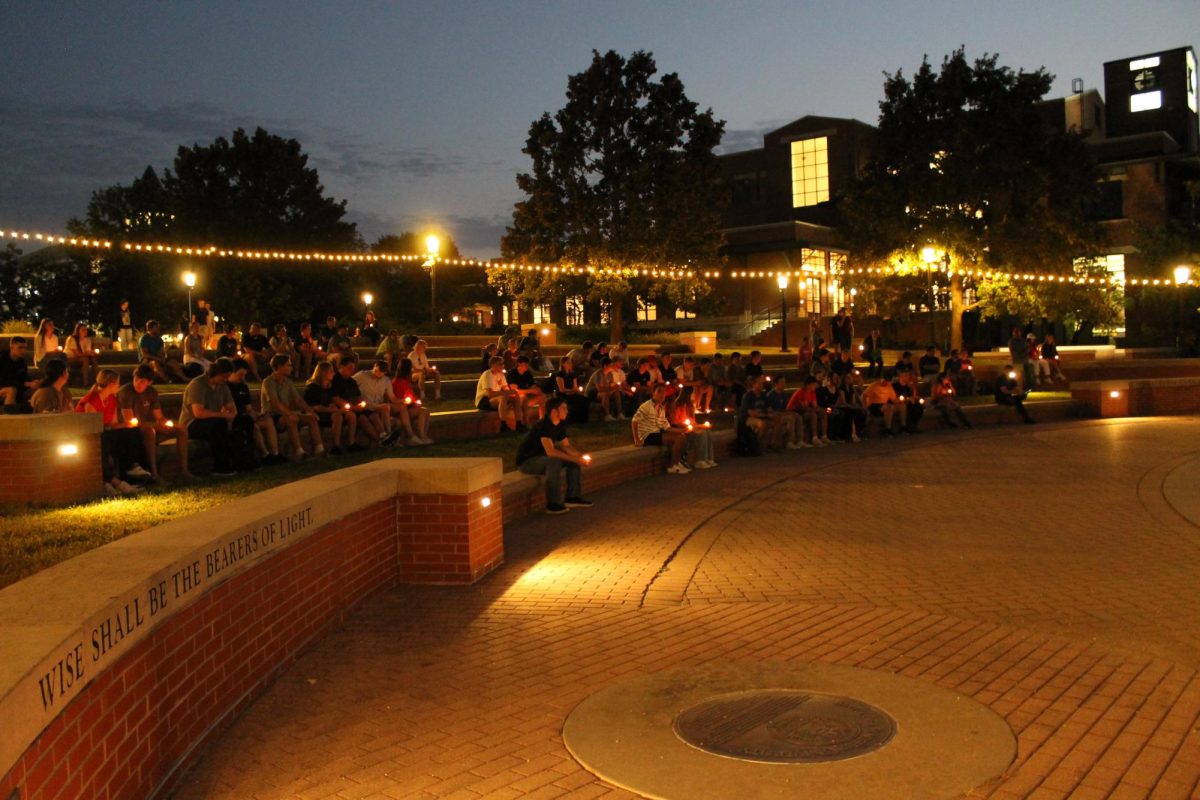The Sierra Club’s 2013 Campus Sustainability Data Collector survey ranked MU the 35th greenest school in the nation.
The survey takes multiple factors, such as investments made by the university and how the institutions use energy, transportation and waste, to determine the rankings, according to the organization’s website.
MU came close to holding the title of lowest-ranked school just four years ago, MU Sustainability coordinator Steve Burdic said.
Burdic said the school was ranked 134th out of 135 schools in 2009, when it first participated in the annual survey. In 2010, it rose to 118 out of 162, and improved even further in 2011 with a ranking of 75 out of 118.
Now, with a ranking of 35 out of 135, MU has come a long way, Burdic said.
“You can see that’s a really dramatic improvement, and we think it’s partly due to the fact that we’ve been doing a lot of things differently,” he said.
One of the improvements Burdic cited was the building of a biomass boiler, which will limit carbon production. The boiler primarily burns wood chips and local mill waste residue, which has reduced university coal usage by about 25 percent.
MU also has its own combined heat and power plant, which uses steam waste to cool and heat campus.
The 2013 rankings are based on the Sustainability Tracking, Assessment & Rating System put together by Association for the Advancement of Sustainability in Higher Education. MU received a silver rating in its 2013 report, the third-highest level.
MU officials hope to continue rising in the ranks. The university is implementing a plan called the [Climate Action Plan](http://masterplan.missouri.edu/sustainbility_plan.html), which emphasizes sustainability initiatives including two new energy demonstration sites, converting food waste into compost, reducing greenhouse gas emissions and initiating a campus-wide approach to Leadership Energy & Environmental Design-certifying renovations and construction projects.
LEED is a rating system to ensure new buildings are conserving as many resources as possible and operating at lower costs. It makes sure buildings satisfy certain prerequisites and later, universities can work to gain credits toward LEED certification.
“It’s a system where we look at everything: site selection, building materials, energy use, upkeep and maintenance issues,” Burdic said.
Saving money by implementing sustainable programs can even reduce overall tuition, he said.
“When you look at what sustainability is all about, it’s really about saving money, helping the environment and doing things that people understand that are part of their culture,” Burdic said.
Sustain Mizzou President Nick Drysdale said he believes the university still has a way to go.
“The 35th spot is something to be proud of, however, there’s a wide gap between us and the universities in the first 10 spots,” he said. “What they have done for sustainability initiatives, whether it’s LEED buildings, or cutting down their emissions, they definitely have a few steps on us.”
Drysdale said students can help university initiatives by being aware of impact small changes make.
“The most effective thing is to focus on what you could be doing to be more sustainable, whether that’s riding your bike every day, or making sure all your waste that can be recycled gets to the recycling bin,” Drysdale said. “Little things like that go a long way.”







